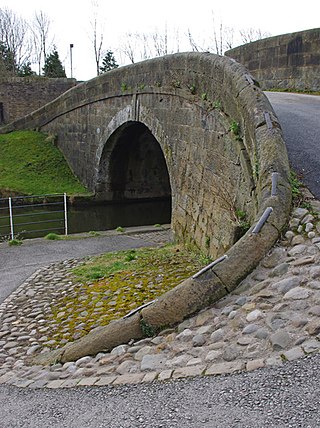Loading AI tools
Covering for the top of a wall From Wikipedia, the free encyclopedia
Coping (from cope, Latin capa) is the capping or covering of a wall.[1] A splayed or wedge coping is one that slopes in a single direction; a saddle coping slopes to either side of a central high point.[2]

Coping may be made of stone (capstone), brick, clay or terracotta, concrete or cast stone, tile, slate, wood, thatch, or various metals, including aluminum, copper, stainless steel, steel, and zinc.[3] In all cases it should be weathered (have a slanted or curved top surface) to throw off the water.[1]
In Romanesque work, copings appeared plain and flat, and projected over the wall with a throating to form a drip. In later work a steep slope was given to the weathering (mainly on the outer side), and began at the top with an astragal; in the Decorated Gothic style there were two or three sets off; and in the later Perpendicular Gothic these assumed a wavy section, and the coping mouldings continued round the sides, as well as at top and bottom, mitring at the angles, as in many of the colleges at the University of Oxford.[1]
Seamless Wikipedia browsing. On steroids.
Every time you click a link to Wikipedia, Wiktionary or Wikiquote in your browser's search results, it will show the modern Wikiwand interface.
Wikiwand extension is a five stars, simple, with minimum permission required to keep your browsing private, safe and transparent.